© 2024 ENECA
Struc&Pipe - PLUGIN fOR List Automation
When elaborating the design documentation for external water supply networks and sewerage, tables of water and soak pits as well as the list of equipment, items and materials form one of the main sheets.
The installation of the pits on the underground utilities is necessary to ensure proper operation, protection of shut-off and control valves (flange connections) against the soil exposure, as well as to prevent emergency situations. Nowadays, precast concrete pits are used the most, when designing external networks. The greatest advantages of these materials are life cycle longevity under condition of proper transportation and installation, high strength of the items as well as widespread availability on the market.

Besides the main functions, you can also form a table of pipeline pit coordinates and create an IFC- file for transferring the network in 5D
The table of soak pits also shows the number of the pit according to the plan, soil condition grade, chamber depth determined depending on the diameter of the piping, the total depth of the pit in terms of a longitudinal profile, the diameter of the pit, as well as the number and dimensions of its particular components.
In addition, preparing the equipment list for further cost estimation is one of the important project development stages. This table is normally divided into networks and shows all the materials and equipment for each system: pipes, elbows, shut-off and control valves, signal tapes, sign plates and concrete stops.
Depending on the project scope, execution of the lists and tables of the pits could take a lot of time. To reduce the labour efforts and the risk of making a mistake, we have developed a plugin that enables to automate the creation of equipment lists and tables of the pits.
Using Struc&Pipe Plugin, you can get the result of the work, on which you have spent several days, in a matter of minutes. The plugin takes the family of the pits, pipes and valves applied in the model of the project as a basis, processes their properties and fills in the required tables.
Depending on the project scope, execution of the lists and tables of the pits could take a lot of time. To reduce the labour efforts and the risk of making a mistake, we have developed a plugin that enables to automate the creation of equipment lists and tables of the pits.
Using Struc&Pipe Plugin, you can get the result of the work, on which you have spent several days, in a matter of minutes. The plugin takes the family of the pits, pipes and valves applied in the model of the project as a basis, processes their properties and fills in the required tables.

You can select one of the table names offered by the plugin, and edit it if necessary.
Then select the network, for which either the table of the pits, or the equipment list will be formed. Besides, the networks can be divided into pressure and non-pressure ones by putting or removing the ticks in the list on the right side.
The plugin can process the pits that have not only the numeric values in their names, but also a prefix. For example, if you have a table of rainwater pits named D-7, you should enter “D-” into the empty box of the element prefix. In addition, if you have a water pit with a fire hydrant and it has prefix “PG” in its name, you should enter the prefix.
Further, select a template of the list to be formed. This list comprises all the tables in terms of series/typical projects/GOST. Having selected the template, you will see the pictures with the table head and a section of the pit with dimensions, mousing over which you can check, whether your selection is correct or not.
Then select the network, for which either the table of the pits, or the equipment list will be formed. Besides, the networks can be divided into pressure and non-pressure ones by putting or removing the ticks in the list on the right side.
The plugin can process the pits that have not only the numeric values in their names, but also a prefix. For example, if you have a table of rainwater pits named D-7, you should enter “D-” into the empty box of the element prefix. In addition, if you have a water pit with a fire hydrant and it has prefix “PG” in its name, you should enter the prefix.
Further, select a template of the list to be formed. This list comprises all the tables in terms of series/typical projects/GOST. Having selected the template, you will see the pictures with the table head and a section of the pit with dimensions, mousing over which you can check, whether your selection is correct or not.

When all the plugin boxes are filled in correctly, you will get the tables of the pits and equipment lists executed according to GOST, as the result.
Besides the main functions, you can also form a table of pipeline pit coordinates.
Besides the main functions, you can also form a table of pipeline pit coordinates.

Further, you can calculate the volume of the soil displaced for laying the networks, pits and facilities.
Having applied our automation plugin to a project with the total length of the pipelines about 7km and the amount of the pits 170 pcs, our specialists have saved more than one week that they would have spent before on conducting calculations, forming lists and tables of the pits. Moreover, the plugin could be adjusted for the calculation of your individual families and list templates upon request.
Having applied our automation plugin to a project with the total length of the pipelines about 7km and the amount of the pits 170 pcs, our specialists have saved more than one week that they would have spent before on conducting calculations, forming lists and tables of the pits. Moreover, the plugin could be adjusted for the calculation of your individual families and list templates upon request.

